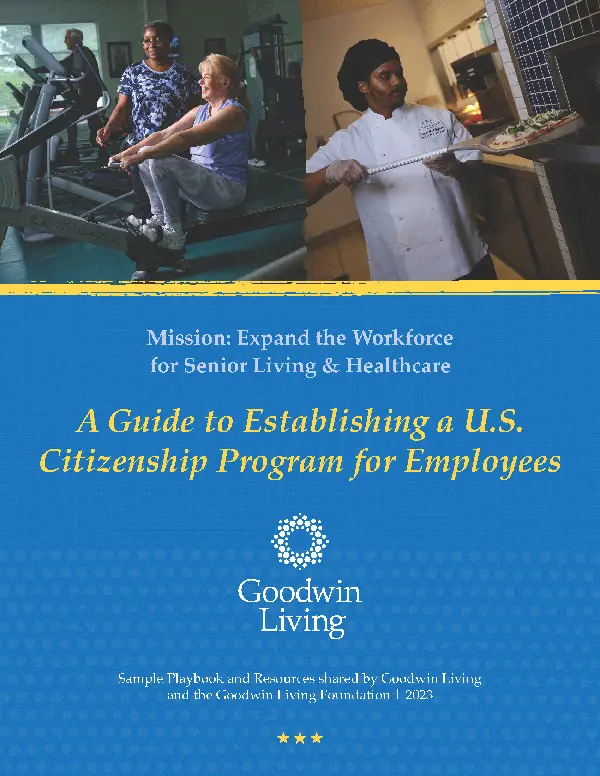
Live Comfortably - November 4, 2020
by Leslie LaPlace
Breathing right now can be fraught with anxiety. We struggle through the discomfort of breathing through our masks when they are on, and worry that we might breathe in something harmful when our masks are off. However, research shows us that this essential act of living has a number of benefits that can improve our overall well-being. As we mark International Stress Awareness Week, let’s explore how you can use breathing to reduce your level of stress.
Ancient religions and cultures – from the Greeks to the Hindus to the Tao religion in China – understood that a kind of energy, spirit or internal breath flowed through the body. Later, pranayama (“breath retention”) yoga taught that controlled breathing was a way to increase longevity. More current research has found that breathing techniques, which are frequently used in yoga and meditation, are the foundation for calming the body and mind particularly in times of stress, and may help to improve focus and sleep.
Some studies show that meditation appears to make measurable changes in brain regions associated with memory, sense of self, empathy and stress. This could be because the brain uses 20% of the body’s oxygen supply – if your brain doesn’t get the oxygen it needs, you could feel foggy, unfocused or tense.
Meditation may also provide relief from some of the symptoms associated with anxiety and depression. It won’t cure these disorders, but it has been shown to be a useful coping tool for diminishing symptoms in those patients who did not have full-blown anxiety or depression.
Deep breathing exercises may also help when insomnia strikes. Many people who suffer from insomnia practice deep breathing in order to sleep better. In 2015 Cheryl Yang and her team at National Yang-Ming University in Taiwan showed that 20 minutes of slow breathing exercises (six respiration cycles per minute) before going to bed significantly improves sleep. Insomniac participants went to sleep faster, woke up less frequently in the night and fell back asleep faster when they did wake up. On average, it took them only 10 minutes to fall asleep, almost three times faster than before. Results were attributed to the sense of calm mediated by the parasympathetic system and to the relaxing effect of focused breathing.
The nose is built to support our respiratory system, whereas the primary purpose of the mouth is to start the digestive process. The nostrils, hair and nasal passageways are designed to assist in filtering allergens and foreign bodies from entering the lungs. The nose also adds moisture and warmth to inhaled air for smoother entry to the lungs.
Nasal breathing, as opposed to mouth breathing, has another important advantage, especially for effective and efficient exercise: It can allow for more oxygen to get to active tissues. Mouth breathing can lead to fatigue and stress because it does not allow the cells to take in as much oxygen as through nasal breathing.
Nasal breathing also activates the part of the nervous system that supports rest, recovery and digestion, rather than the part of the nervous system that is responsible for survival or stress states, such as flight or freeze. Nasal breathing can provide a sense of calm and allow us to function better.
Diaphragmatic breathing, or deep abdominal breathing, encourages full oxygen exchange — taking in oxygen and releasing carbon dioxide. Repeated deep breaths will bring your heart rate more in sync with your breath and leads your brain to release endorphins, which are chemicals that have a natural calming effect. This can slow the heartbeat, lower or stabilize blood pressure, and boost blood flow to the brain.
Chest breathing, also known as shallow breathing, uses secondary muscles in your upper chest and is for situations of exertion such as a sprint or race. Chest breathing can increase tension in the shoulders and neck, and limits the diaphragm’s range of motion, preventing the lungs from bringing in enough oxygenated air. This leaves you feeling short of breath and anxious, and the endorphin release doesn’t happen.
Breath focus helps you concentrate on slow, deep breathing and aids you in disengaging from distracting thoughts and sensations. It's especially helpful if you tend to hold in your stomach.
Meditation, Yoga and Tai Chi all incorporate breathing techniques that help decrease your response to stress. You can find these kinds of classes in studios (when it’s safe to gather again), or there are plenty of virtual classes available online. Check one out today and start breathing yourself to a calmer, more restful you.
_________________________________
Leslie LaPlace, Fitness Manager at Goodwin House Alexandria, is self described recovering Software Development Project Manager. Leslie parlayed a lifelong love of and belief in the restorative power of exercise into a satisfying career working with adults ages 55 and older. She believes that staying active can help reduce aches and pains—It’s also a great anti-aging remedy. She has more than six years’ experience working with seniors at Arlington County, The Jefferson, Goodwin House Bailey's Crossroads and Goodwin House Alexandria. Leslie is a certified personal trainer and aquatic instructor who loves creating a positive and fun training experience. She believes that it’s never too late to improve your strength and balance!
